
How To Enhance Your DIY Meat Probe with Voice Control Features
Every culinary enthusiast knows the importance of a perfectly cooked steak, and that’s where a meat probe comes in handy. But what if we could
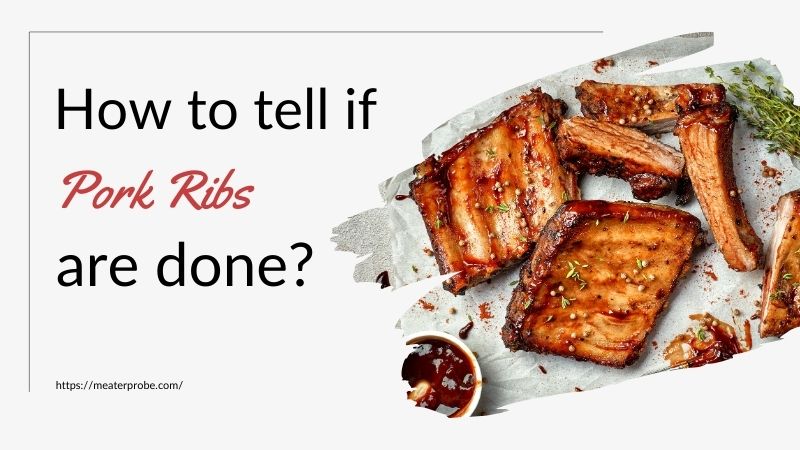
Cooking pork ribs (St. Louis-style or baby back ribs) seems simple, how to tell if pork ribs are done is the most common question when they’re perfectly cooked can be tricky unless you’re skilled in grilling.
By the end of this article, you’ll clearly understand when your pork ribs are cooked perfectly. There are many methods to check if pork ribs are done, but you might be confused about the best method.
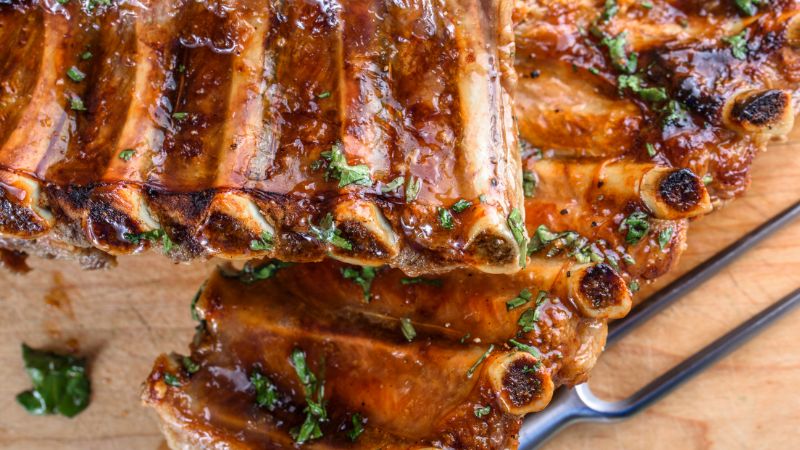
Which method is reliable? Which one truly works? Should you rely on your colleague’s advice, who, after cooking just three racks of ribs, thinks they’re an expert?
Should you spoil a few racks trying to figure it out? I might know someone who did just that, and it was costly. But don’t worry, you don’t have to go through that. I’ve got you covered.
There are several common methods to check if pork ribs are perfectly cooked:
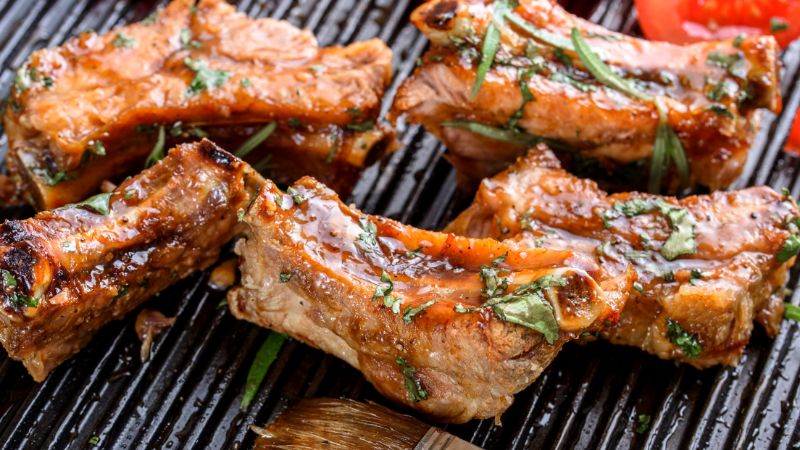
Some ways are better than others, but none are perfect. However, there’s one sure way to know your ribs are done, and I’ll tell you about it.
A popular method is to check for bones showing. When you see about a quarter inch of bone sticking out, it’s a good sign they might be ready.
This isn’t always accurate, but it’s a quick and easy visual check.
The bend test involves lifting the ribs with tongs or gloves and bending them slightly. If they don’t crack or separate, they’re not done. If they crack easily, they’re likely ready.
I often use the toothpick test, similar to checking a brisket. And use a temperature probe needle, poking between the bones. You want it to slide in and out easily without much resistance.
Other methods include twisting a bone, cutting into the ribs, or just cooking for a set time and hoping for the best. I call this last method the “ready or not” approach.
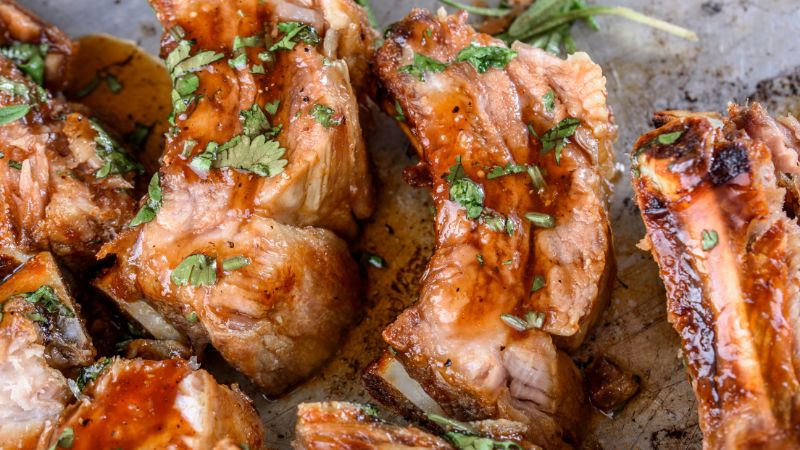
The issue with these traditional methods is they’re not always clear or accurate. If you’re new to cooking, you might not know how big a crack should be, or how smoothly a probe should go in and out. Also, sometimes the bones don’t stick out like they should.
More importantly, these techniques are never exact. They’re okay as rough guides, but with technology offering perfect accuracy, why risk ruining a good rack of ribs and hours of your time?
The USDA suggests cooking pork ribs to an internal temperature of 145° F for safety. But at this temperature, the meat is often tough and chewy. So, the temperature for safety and the ideal cooking temperature aren’t the same.
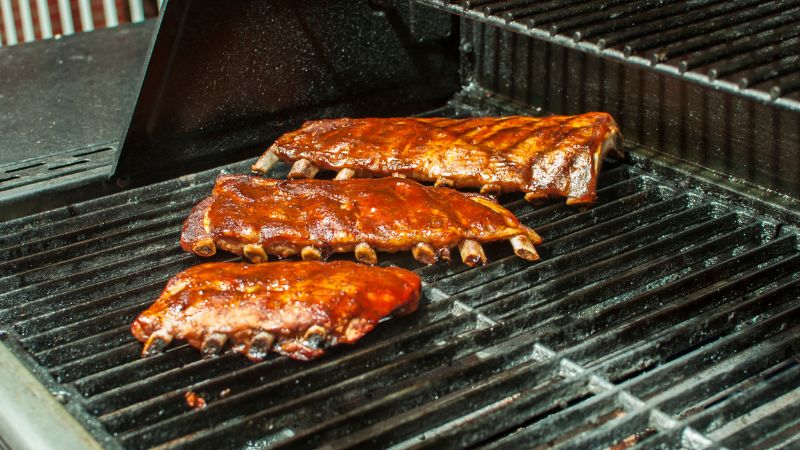
Pork ribs are best served when their internal temperature hits between 195° F and 203° F. At this range, fats and collagen in the meat break down, enhancing the ribs’ flavor and texture.
If the ribs show bones and feel tender at 195° F, I take them off the grill. But if they’re still firm or no bones are showing, I wait until they reach 203° F.
Also, the meat should stay on the bone when bitten, not fall off. The belief that ribs are perfect when the meat falls off the bone is a myth. If the meat falls off, it’s overcooked and will be mushy, which isn’t great for any meal. The key is to use a reliable thermometer (like our Smart Wireless Meat Thermometer) for moist, delicious ribs that will have everyone asking for more!
I highly recommend using internal temperature as your main guide to know when ribs are ready, rather than cooking time or other indicators. A common issue with many food thermometers is their thick probes, making it difficult to accurately measure the temperature between the rib bones.
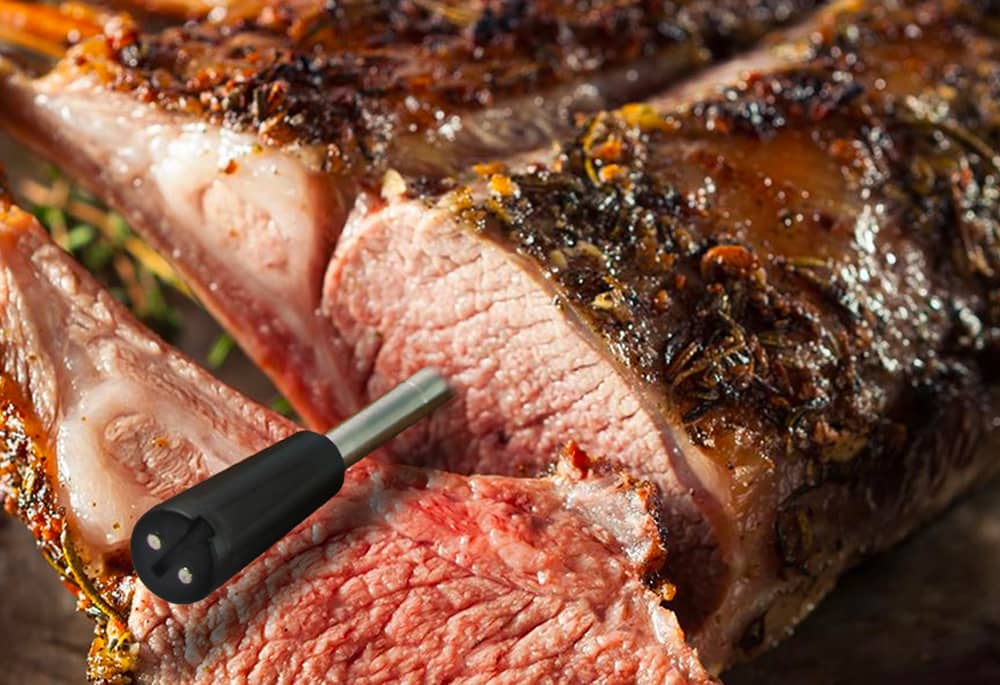
If the probe is too close to the bone, it can give an incorrect reading. But don’t worry, Our Smart Wireless Meat Thermometer offers a thin needle probe, just 0.8 mm probe tip for easier temperature measurement of pork ribs. This tool is easy to use, combines a meat thermometer with a digital APP that guides you through every cooking step, and doesn’t require any special skill. Just insert it between the rib bones and check the temperature.
So, that’s the key to perfectly cooked ribs every time. While other signs are useful for monitoring progress, relying on internal temperature is the most reliable method for consistently perfect ribs.
Got questions about cooking pork ribs? Let’s clear up some common questions:
Yes, you can! While oven-baked ribs won’t have the smoky flavor of grilled ribs, they can still be delicious. This is a great option if you don’t have a grill or smoker. The way you check if they’re done in the oven is the same as outdoors.
A serving of pork ribs (about 3 to 4 ounces) has roughly 200 to 300 calories. This varies with cooking methods and added sauces. Check the recipe or label for precise calorie counts.
Smoking baby back ribs at 225 degrees typically takes 4 to 5 hours. This low and slow approach ensures tender ribs. The cooking time might vary based on the rib size and thickness. Use a thermometer to check doneness, aiming for an internal temperature of 190 to 200 degrees for super tender ribs.
And the answer is sometimes yes.
Usually, it’s not good to give dogs pork bones because they can break and choke them.
But if smoked bones might be okay, you should always ask your vet first to make sure it’s safe for your dog.


Every culinary enthusiast knows the importance of a perfectly cooked steak, and that’s where a meat probe comes in handy. But what if we could

When it comes to cooking perfection, a meat probe is an indispensable tool for any chef or home cook. But in the world of meat
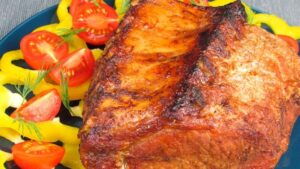
The moment you bring a meat probe into your kitchen, it’s not just about cooking anymore; it’s about precision, about transforming an ordinary meal into

Ever questioned if a meat probe could be your secret weapon for the perfect roast chicken? It’s a culinary showdown: the precision of a meat
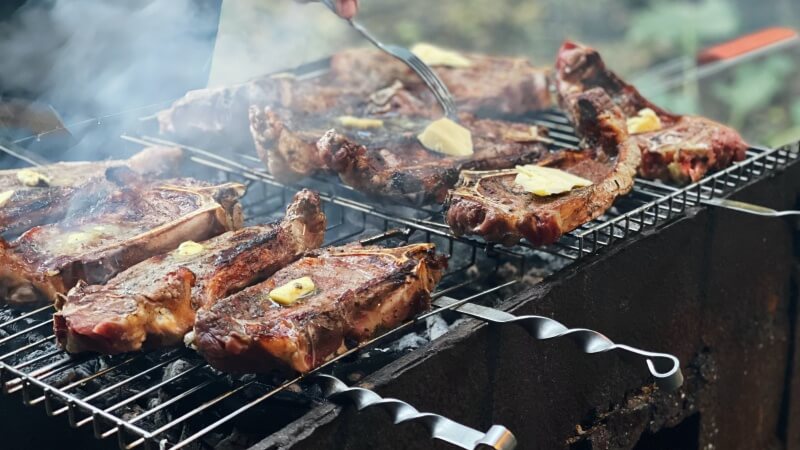
Every culinary enthusiast knows the importance of a perfectly cooked steak, and that’s where a meat probe comes in handy. But what if we could

When it comes to cooking perfection, a meat probe is an indispensable tool for any chef or home cook. But in the world of meat
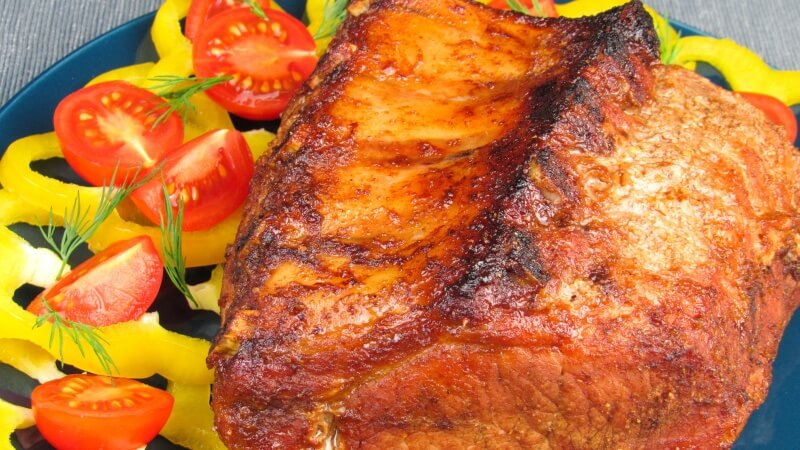
The moment you bring a meat probe into your kitchen, it’s not just about cooking anymore; it’s about precision, about transforming an ordinary meal into

Ever questioned if a meat probe could be your secret weapon for the perfect roast chicken? It’s a culinary showdown: the precision of a meat
Copyright © 2024 meaterprobe. All Rights Reserved.